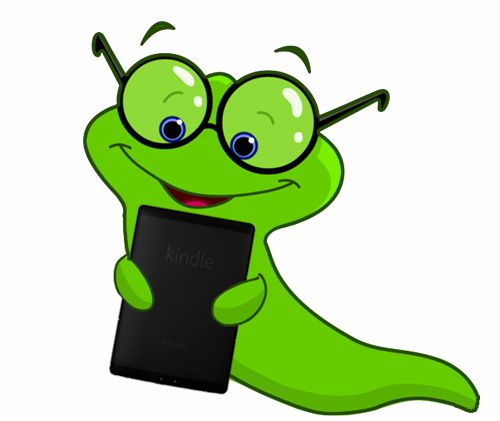-
×
 [Ebook PDF] A History of Modern Psychology (MindTap Course List), 11th Edition
1 × $19.99
[Ebook PDF] A History of Modern Psychology (MindTap Course List), 11th Edition
1 × $19.99 -
×
 [Ebook PDF] Advertising and Promotion: An Integrated Marketing Communications Perspective, 12th Edition
1 × $23.99
[Ebook PDF] Advertising and Promotion: An Integrated Marketing Communications Perspective, 12th Edition
1 × $23.99
Subtotal: $43.98











Reviews
There are no reviews yet.